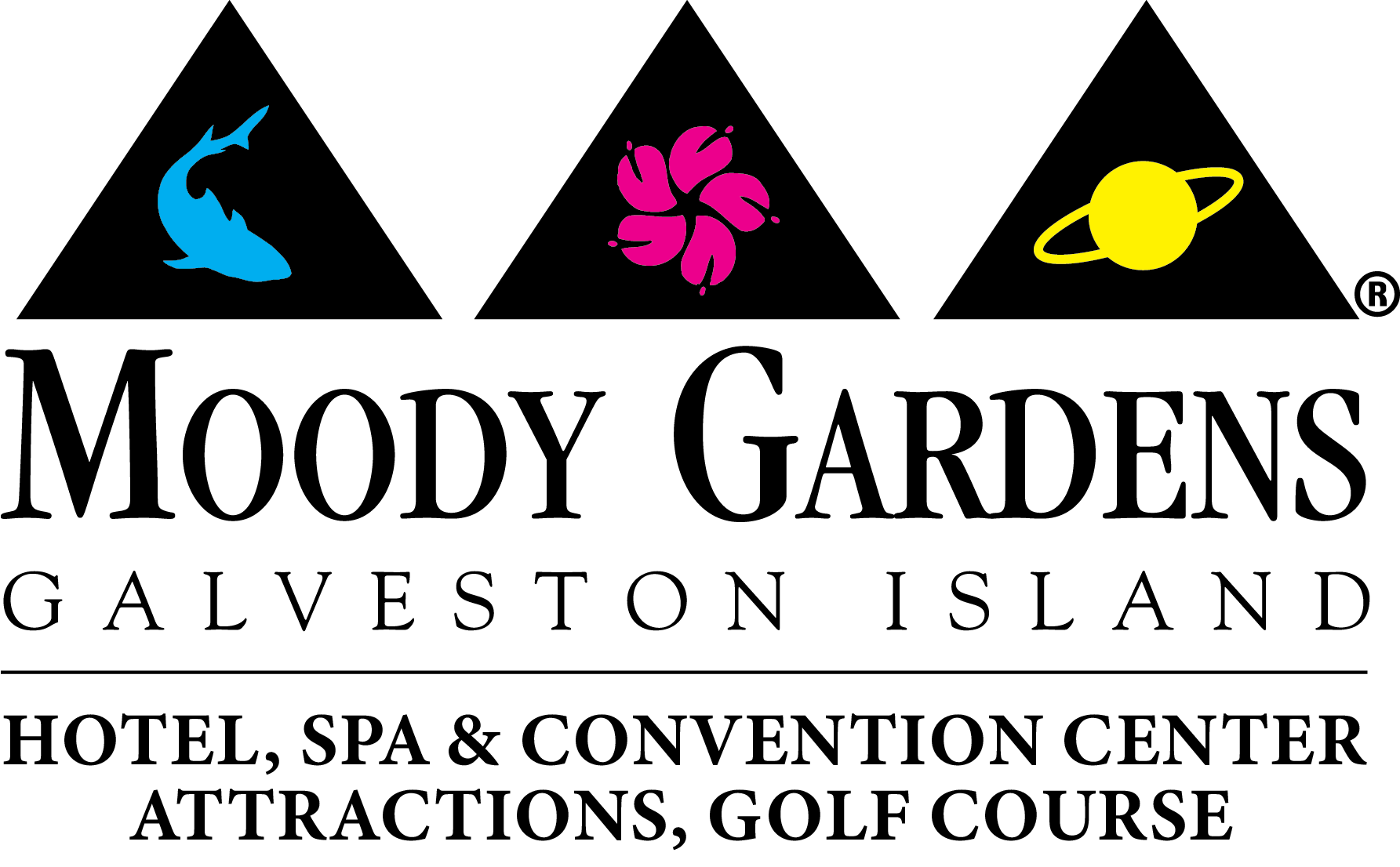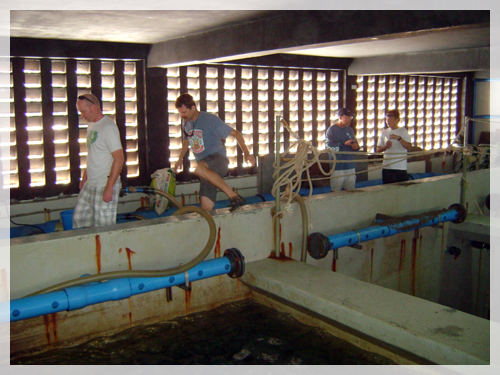By Moody Gardens Animal Husbandry Manager Greg Whittaker
We arrived in Subic Bay at about 2 p.m. on Thursday, Nov. 8, after a 43-hour door-to-door adventure that re-routed us through Los Angeles and Seoul, Korea.
However, our checked luggage went on the original routing through Honolulu and Guam, and didn’t arrive until 1 a.m. on Saturday. With a little rough beginning, we had the entire team assembled at noon on Friday, Nov. 9, and began the real work.
The project team includes Roy Drinnen and Greg Whittaker from Moody Gardens, Dirk Peterson from SECORE.org, Bart Shepherd from California Academy of Science, Eric Hovland from Florida Aquarium, and Bianca Espinos and Jonathon Apurado from Ocean Adventure.
Friday afternoon was spent snorkeling the shallow reefs adjacent to the Camayan Beach Resort and Nabasan Point. We were discouraged as there was evidence of significant environmental stress in both areas and the reef closest to the resort was mostly dead and covered in algae.
We concluded that the heavy typhoon season’s high tides, large waves and heavy rains had caused silt deposition over large areas of reef. Those that were shallow and had poor water flow were not able to recover, and once the corals died back the algae quickly took over.
Saturday was spent diving the deeper reefs off Nabasan Point, Tago Beach and Grande Island. We also surveyed the artificial habitat created by the polyethylene tensar net system that encloses the massive marine mammal complex.
Everyone was much more optimistic after seeing the conditions of the reefs in these zones as the coral condition and diversity indicated the environmental conditions were suited to maintaining them.
Stay tuned for next update!

